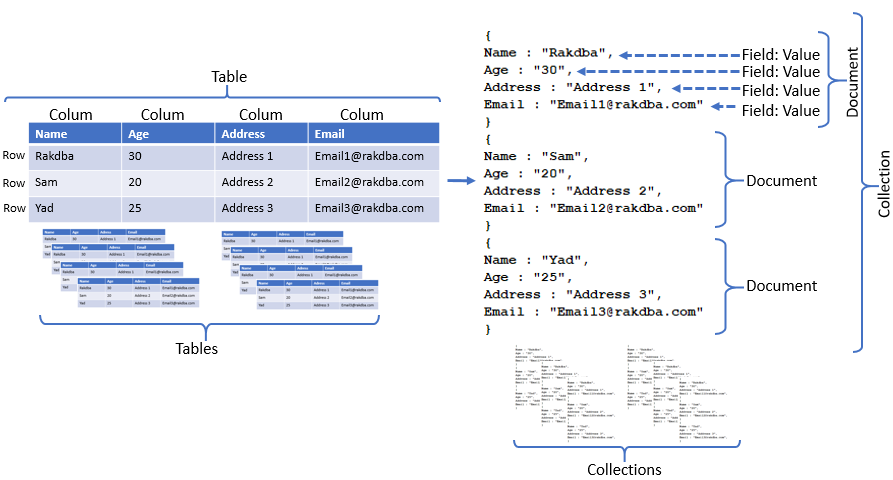Founder of RakDBA.com
Expert database administrator on Oracle & SQL Server databases with 10 years experience. Certified OCA for Oracle and MSCP for SQL SERVER 2012 administration.
Getting started with MongoDB
Categories:
Subscribe
Login
Please login to comment
0 Comments
Oldest

